DESIGN DEVELOPMENT
- Courtney
- Nov 28, 2021
- 8 min read
Updated: Nov 29, 2021
Design Development | Interviews
It was great to hear from the industry experts how they think around problems and come up with new ways of developing innovative answers to a brief. I thought what Torsten Posselt of Feld had to say about their project on driverless cars was particularly interesting - instead of jumping to a design decision, they decided to think about the project in a different way. Instead of asking "how are we going to promote driverless cars" they asked "what would make people trust driverless cars". This is such a simple but effective way of changing the conversation and making people think about it in an entirely different way.
I think most of the time when I am stuck on a project, all it takes id for someone to ask me a question that makes it look at me differently and I can see it from a different perspective, I need to work on being able to ask these questions myself and being able o see the areas of my project that need to be approached from a different perspective. I will use some of the theories mentioned in this talk as well as doing my own research into evaluation methods.
Experimental Jetset on scavenging the ruins of Modernism
The talk from Experimental Jet Set involved them going through their alphabet of influences and the different projects that inform their design practice. [1] It was interesting to listen to and really drove home the importance of having a wide variety of influences from both the design industry and beyond. It has made me think that I definitely need to keep track of all the influences I have. A lot of this is architecture due to my background in it, but I also have influences in science, engineering, fine art and illustration as well as the influences from Graphic Design. I really want to put these all together in one place and be able to keep adding to it as time, and this course, goes on.
Nicer Tuesdays: DIA Studio
I really enjoyed this talk from Mitch Paone of DIA Studio! [2] Mitch was a really engaging speaker who covered a lot of topics in quick succession. One of the things I was really interested in a when he was talking about the idea of a horse running. He said it isn't about the physical features of the horse - the hair, the body and legs etc but it was actually about the mechanics of the way the horse moves and the way this can be applied to design theory and more specifically the kinetic typography the studio are known for.
This made me think about how I can use different elements to bring my project to life more, for example, the movement of a rocket taking off or the fire from the fuel etc. I'm looking forward to exploring this more and this talk was incredibly helpful at making me think about things outside of design as influences on my project.
Here 2017: Triboro
This talk from David Heasty of Triboro Studio was a great look at their projects both new and old. [3] David was a really engaging speaker and gave such great insight into the thinking behind the designs. My favourite one was for Sauvage Restaurant in New York City. Her did a really detailed talk about how they originally started thinking about cave paintings, then moved on to symbols used to communicate in the early days of civilisation. They then created graphics based on this using cut paper as it is the first method people use in kindergarten. However, they looked a bit flat so, influenced by Luis Pedregon, they created 3D environments out of paper and photographing them. They put these together and came up with what I think is a beautiful project.
This really highlights the need for looking outside of graphic design sometimes for inspiration. As I have previously said, architecture is also my go to however I want to look outside of this as it is a comfort zone for me, I need to work on collecting inspiration and sources from many different places and intertwining these with my design.
Nicer Tuesdays: Mahaneela
What an inspirational woman Mahaneela is! [4] I really liked this talk from such a multi talented and faceted woman. I love the way she uses her heritage to explain her views on her work. I really identified with Mahaneela because although I am not of mixed heritage, I have moved around my whole life and lived in a lot of countries and don't really know where I would call home. I had never considered it before but maybe this has had an influence on the way I view design and the fact that I don't exactly know where I fit in, like Mahaneela. I think she is definitely an inspiration and makes you realise that you don't have to fit into a box, you can do what you love no matter what industry it's in.
Workshop Challenge
This week you will develop your design concept, while ensuring you are in line with your original brief, strategy and project plan.
Design your selected ‘Industry Set’ project.
Make prototypes and engage with your target audience and key stakeholders to user test your design developments.
Gather target audience and key stakeholder feedback; evaluate this feedback to ensure your project is in line with the original brief, strategy and target audience.
Post developments onto your blog and the Ideas Wall, to gain peer feedback.
Design

Thinking through each part of this project was really helpful. It allowed me to consider all of the parts of my research and how they are influencing my design of this project. It has thrown up a lot of questions that I hope to resolve over this week of development. Here are the questions I hope to answer:
Could he box have a dual use?
Can I make it all environmentally friendly?
Could I use lego instead of people being expected to paint a model?
How do I give clues to finding out where on the archive the instructions are?
How do I relate the design of the box to the subject matter?
Can I use the idea of a rocket taking off as a design bases?What information should I include on the box?

Using audience research I found out that people would rather build lego than paint a model. So I incorporated this into my design as the feedback was almost exclusively from my target audience. This is my initial proposal of what I will create in answer to this brief. It is made from mushroom packaging (see last weeks research) and the lego will be made from their new biodegradable plastic. The info sheet will be made from recyclable paper, making the whole product environmentally friendly, hitting one of my goal.
The pack will be made up of a box (not suitable for reuse as it is biodegradable), a lego kit and some form of information to tell people how to find the instructions on the archive to build.
The Box

The colours are from the science museum brand gradient.
The scorch mark represents a rocket taking off and the residue left on the ground.
I like the simplicity of this box and the graphic on the front. However, it doesn’t really say space.

The gradient is from the science museum brand guidelines.
This is purely science museum branding. I like this and it could be adapted for boxes as the archive expands - for example, an Egyptian box or a dinosaur box.

This one represents something taking off and opening up a whole world as it rips through time and space.
I really like this because it stands for exploration and imagination - two things important to the science museum group.
I definitely like the theory more than the execution so that is something I will work on.
The next step is working out my box net so I can start designing all of the different aspects of the box.

First design

Initial 3D prototype of Wonderbox.
After I figured out the net properly, this went really well. I think the shape I have chosen fits the brief perfectly and if it is made out of mycelium boxes and the lego inside is bioplastic, it would mean the whole box and everything inside is biodegradable. I included this on the bottom of the box as it is something to be proud of! I am pleased with the overall concept but will continue to develop the design.
Second Design
My second idea for box design was to make it look like a rocket shot through it on the way to space - reflecting both the contents of the box and the values of the Science Museum Group.
I decided to experiment and actually set fire to paper to see how it looked. As you can see, some of them were a bit out of hand but I got there in the end! I really like the visual of the hole still being a little on fire - it makes me think of a spark for the imagination. I’m looking forward to testing these out on a box!

I wanted this box design to look like a rocket had blasted through it on take off. I like the net version but I think I will have to make a prototype to see how it looks wrapped around a box - you may not be able to see what it is meant to be.
I like the way this prototype turned out, I think the fire works well but I need to experiment with layout more - I’m not sure I like the hole spread across the whole box as I think the theory behind it gets lost. I want it to look like a rocket has launched through it but I don’t think you can tell as much when you don’t see the full net.
I need to develop this further to figure out how I can make the effect I am trying to create more obvious. However, I also think that the fire is too literal so while trying to maintain the original premise I am also going to use more abstract design to do it.
I wanted to experiment with what it would look like for a rocket to launch directly through the box so I set fire to another box. I really like this effect and the next step is designing something that replicated this effect.


I am really pleased with this design. I like the abstract nature of the flames, hinting at the creativity inside the box. This is the design I want to go with for the outside of my subscription box.
I really like the way this design has turned out. I think the abstract nature of the fire works far better than the realistic fire. I think the words around the edge - create, build and explore work well as they are directly from the science museum groups plan. I also think the countdown and lift off works as a witty extra, counting down to the opening of the box then liftoff when they can see what is inside.
Summary
I really enjoyed this week of development - I feel like my subscription box is really coming to life and I have a much clearer vision for it now! Using the research I did into sustainable methods of production was really useful, and my targeted audience research helped with making decisions such as making the contents lego rather than a model to paint. This helped me open it up to more people and reach people who may not be interested in painting as well as science. I think I have realised how valuable research is during this project - whether it is design, production methods or audience research.
I am really pleased with how the box is shaping up however next week I really need to focus on. the contents of my box rather than just the box itself. I think time is a problem I have had this week and as I've explored in my tutorials with Harriet, I often try to do too much and can be unfocussed. It is something I am working on and I think I am improving but next week, I need to refocus slightly.
All in all I think this project is going well and I am pleased with my progress in the design stages.
References
[1] Design Indaba, (2014) Experimental Jetset on scavenging the ruins of Modernism
[2] Nicer Tuesdays, (2019) Nicer Tuesdays: DIA Studio Available at https://youtu.be/qTynk4wmXD8
[3] Here, (2017) Here 2017: Triboro. Available at https://youtu.be/jHBMG0B2ZEk
[4] Nicer Tuesdays, (2018) Nicer Tuesdays: Mahaneela. Available at https://youtu.be/74WBT3tPHJo


































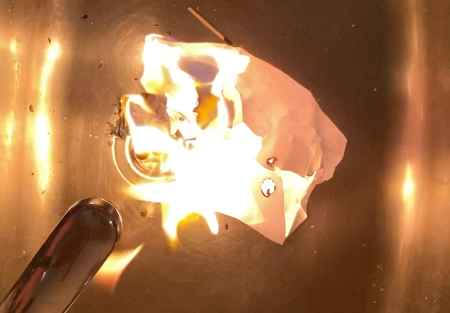

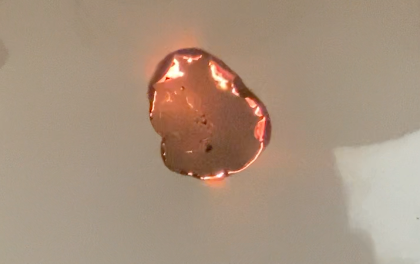

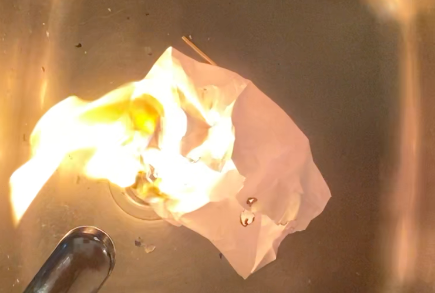

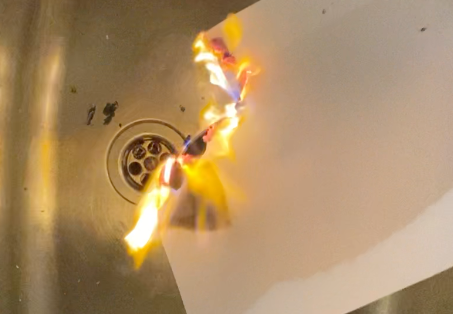

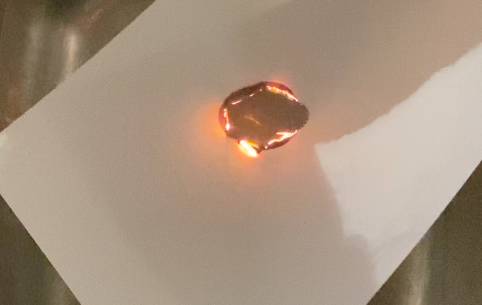

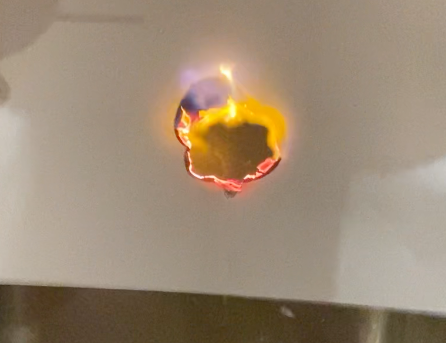

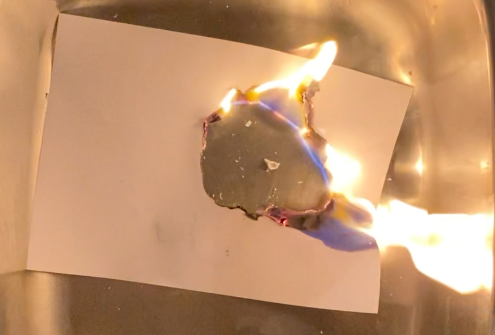







































Comments